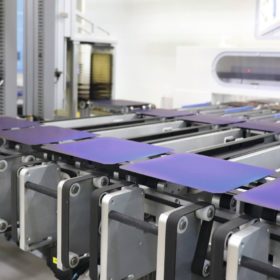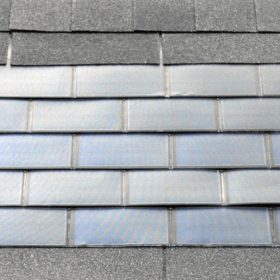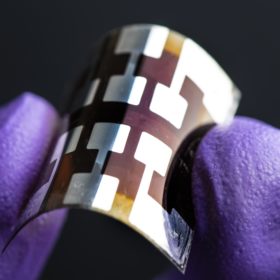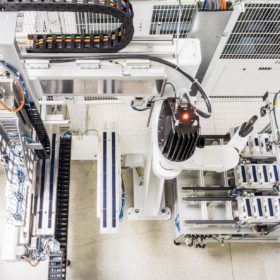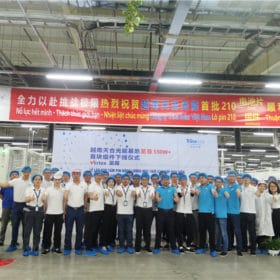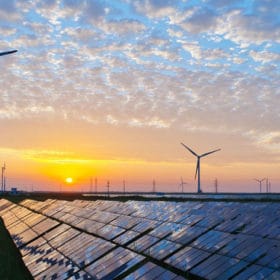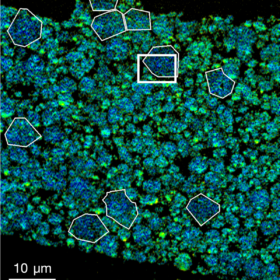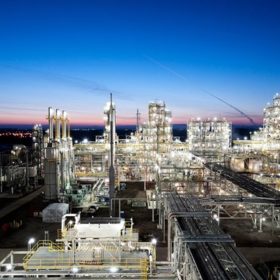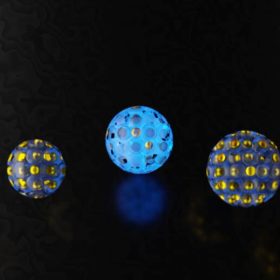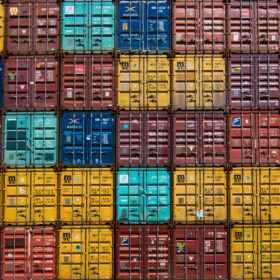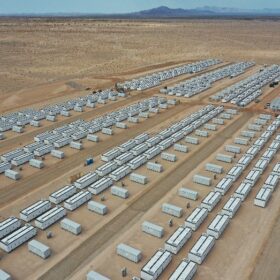A year in PV: Technology trends in 2021
The PV industry in 2021 has largely been defined by disruption: Price increases from raw materials to final shipping have led to shortages in PV module supply and project delays the world over. Despite these upsets, innovation has continued at pace, and the year has seen plenty of technological twists and turns that are sure to spell good news for solar in the long run. Read on for a look back at some of the biggest developments.
Construction and solar industries gain from collaboration on building-integrated photovoltaics
A new report published by IEA PVPS looks to bring together the interests of the two industries, and clearly categorize both the building envelope and energy functions of different BIPV components.
The good, the bad and the ugly: Defects in perovskite solar cells
Scientists in the UK delved deep into the structure of a perovskite solar cell to understand the complex relationship among the materials that make up the perovskite layer
A promising new design for shingled solar modules
Research finds that the energy yield of a novel approach could almost double that of standard shingled cell interconnection under random shading conditions.
Big modules head for standardization
The China Photovoltaic Industry Association is expected to release a standard for 210mm modules before the end of October.
Reliance Industries acquires REC Group, plans 1 GW U.S. module facility
The move comes as Reliance pushes forward with its $10 billion plan to expand in the renewable energy industry.
Measuring impacts on solar performance, whatever the weather
Researchers at Sandia National Laboratories used machine learning to analyze maintenance reports, performance data, and weather records from more than 800 solar farms located across the country.
Want a better battery? Hold your breath
Recent research reveals a previously underestimated role for oxygen in limiting the performance of lithium-ion batteries.
Silicon for lithium-ion batteries moves to commercial production
Group 14 Technologies launched its factory capable of producing 120 tons per year of silicon-carbon-based anode material for lithium-ion batteries.
Finding the ideal size for a quantum dot
New research describes an algorithm that can calculate the ideal characteristics for a quantum dot to maximize cell efficiency.

